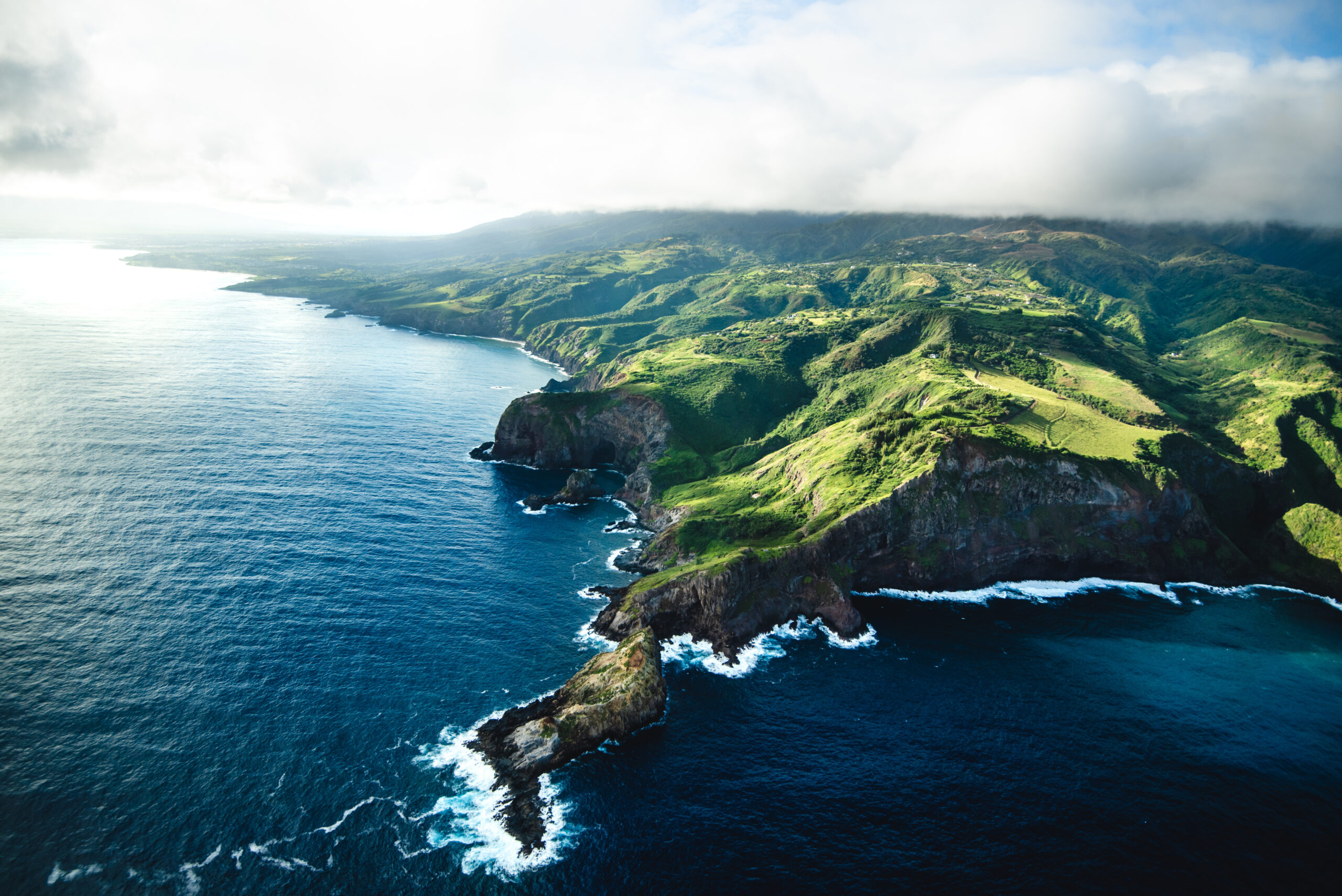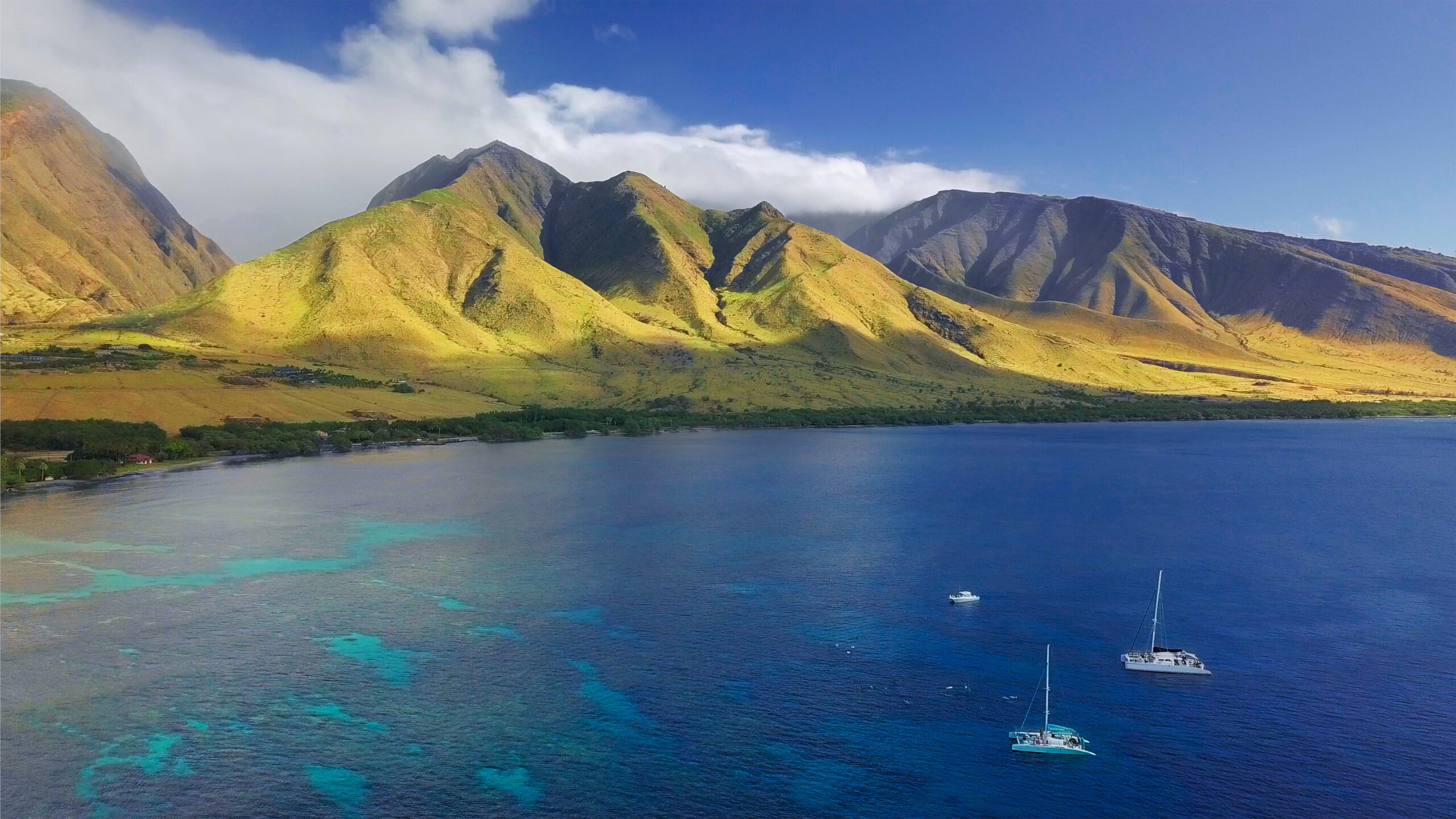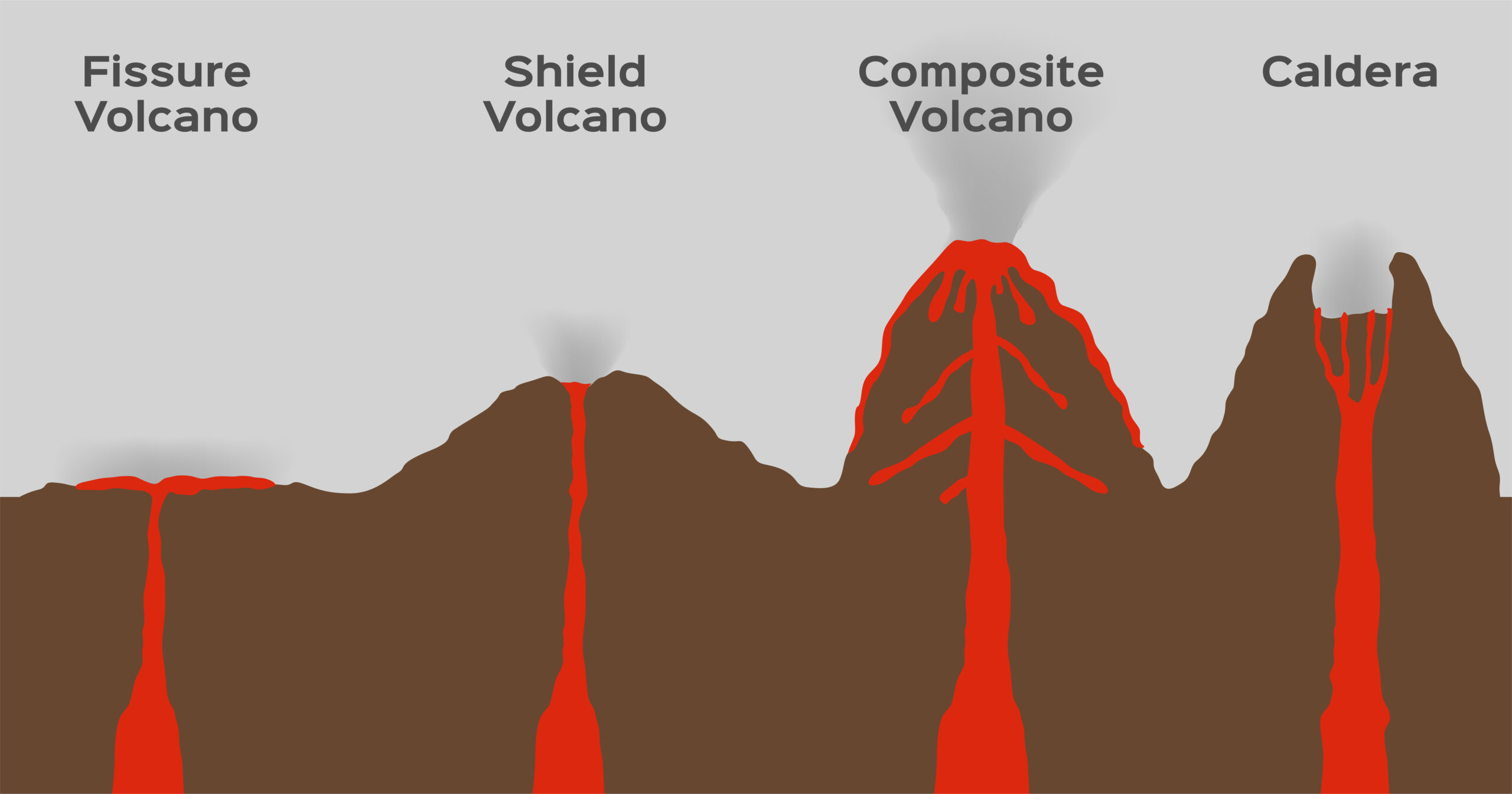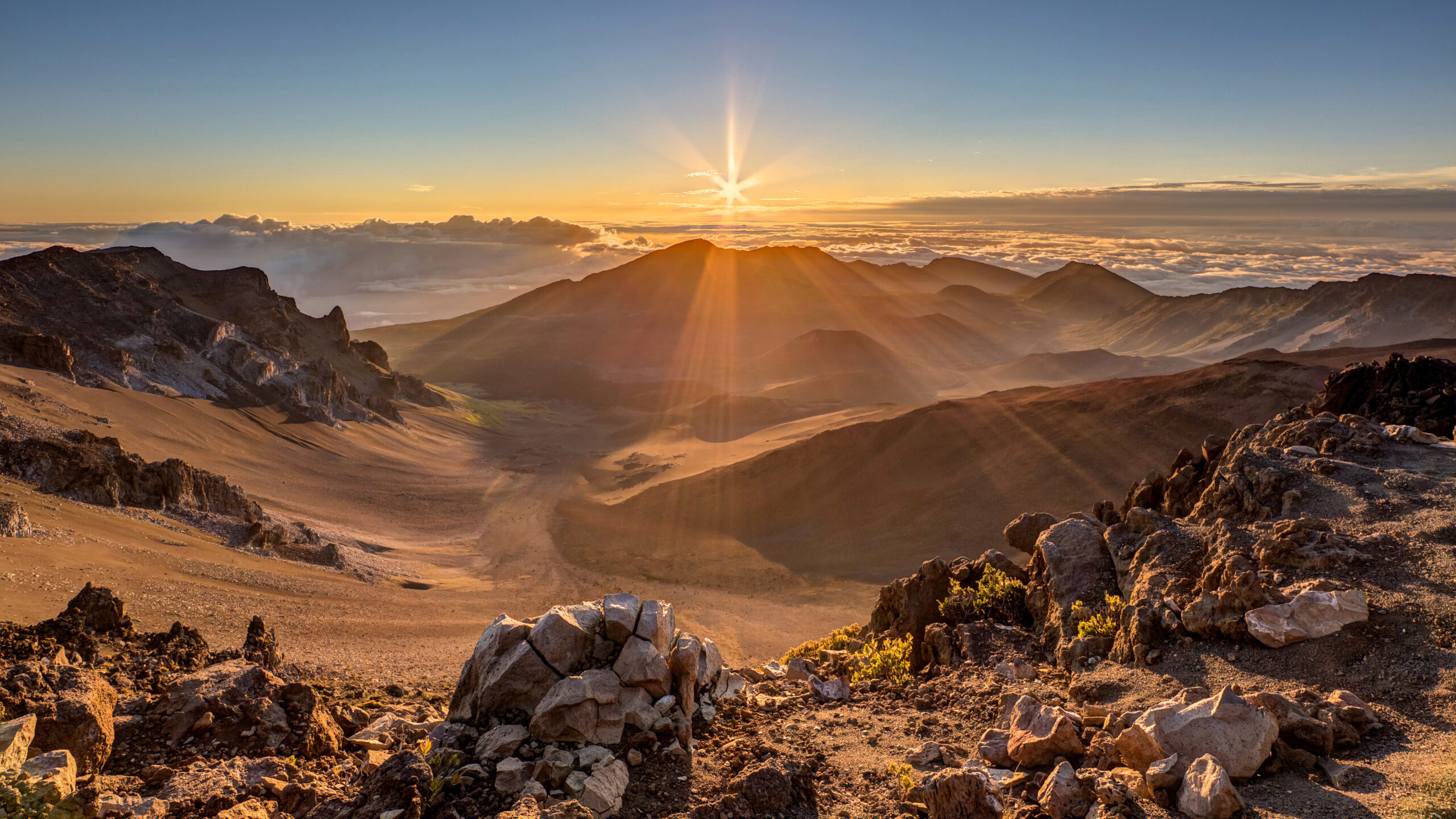
Maui Volcanoes and the Hana Lava Tube
The Hawaiian Island chain was formed long ago when a volcanic hot spot occurred in the middle of the Pacific Plate. Maui specifically was formed from two volcanoes on the ocean floor. Maui is also home to the Haleakalā Crater and lava tubes that are beautiful displays of how volcanic activity is a significant part of Hawaiian history.
The Formation of Maui

The island of Maui volcanoes that contributed to its formation were shield called volcanoes, West Maui Mountain, also known as Mauna Kahalawai, and Haleakalā. These two were so close together that an isthmus was created between them. An isthmus is a narrow strip of land connecting two larger land masses with bodies of water on each side. Mauna Kahalawai is the older of the two volcanoes topping out on 5,788-foot Puu Kukui, though in its early days while the volcano was still active, Mauna Kahalawai was likely near 11,000 feet high.
Cultural Importance of Haleakalā
Maui is home to one of the most visited volcanoes in Hawaii, Haleakalā, which also happens to be the largest dormant volcano in the world. The earliest lava flows on Haleakalā stretch back around 1.1 million years ago. Some experts believe Haleakalā was once considerably higher than it is now, possibly reaching a height of 15,000 feet. Atop Mount Haleakalā sits the Haleakalā Crater, one of the most popular places to visit in Maui. This place holds much cultural significance. It was known by ancient Hawaiians as “Alehe-la”, a word that eventually became “Haleakalā,” meaning “house of the sun.” The Mauna, or mountaintop, is culturally significant to the kama’āina and is considered a sacred place of worship and elemental connection.
How Are Shield Volcanoes Different?

When most people think of a volcano, they imagine a tall mountainous peak that spews hot lava. However, shield volcanoes are different because they take on more of a domed shape and are broad with long, gently sloping sides. They produce less violent eruptions and the lava flow is thinner, basalt lava.
Hāna Lava Tube
Other examples of a Maui volcanic formation are lava tubes. One of the most well-known, the Hāna Lava Tube, also known as Ka’eleku Caverns, is a unique cave-like formation. It is different from typical caves that can take millennia to form because it was actually created from lava flow. Lava caverns often form very quickly over the matter of few weeks. Thick molten lava flows from an active volcano and sometimes the outer layer cools and hardens, forming a tunnel. The Hāna Lava Tube is the largest lava tube on the island of Maui and was formed almost 1,000 years ago. It is said to be the 18th largest lava tube in the world! And it is estimated that around half of the cave has yet to be discovered.
Learn More About Maui on The Haleakalā Sunrise Tour

One of the best and safest ways to learn about and experience Maui is to take a guided tour. Volcano tours in Maui by Valley Isle excursions will give you a once and a lifetime experience to see the islands ancient landforms. Valley Isle Excursions offers our Haleakalā Sunrise Tour as the ultimate way to learn about the history of Maui, see the Haleakala Crater, and enjoy the surrounding area without the added stress of driving to it yourself. Book your tour online today!








